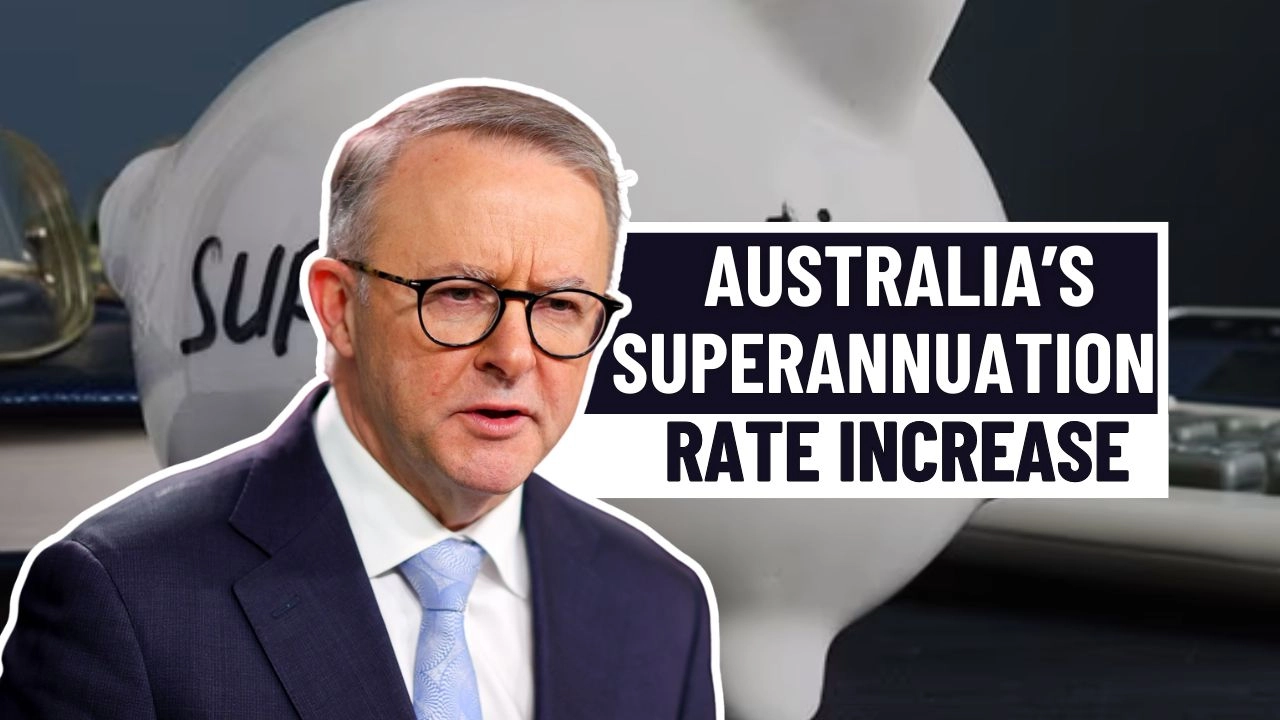Beginning 1 July 2025, Australians will experience a pivotal change in their retirement savings framework as the Superannuation Guarantee (SG) rate increases from 11% to 11.5%. This update marks a continued step in the government’s ongoing plan to elevate the SG rate to 12% by 2026. With millions of workers impacted, the change brings important financial implications for both employers and employees alike.
The 2025 Adjustment: Strengthening Superannuation Stability
The Superannuation Guarantee operates as a compulsory employer contribution system, ensuring a fixed percentage of workers’ earnings is directed into super funds. The upcoming increase is part of a staged reform under the Superannuation Guarantee (Administration) Act and has been anticipated as part of Australia’s retirement security roadmap. While this may seem like a modest adjustment, it plays a significant role in the cumulative value of retirement savings over time.
What It Means for Employees and Their Earnings Framework
While the increased SG rate is paid by employers, its ripple effect may be felt in employee compensation packages, especially where salaries are structured as total remuneration. In these scenarios, the superannuation rise could potentially reduce take-home pay unless specific agreements are renegotiated. Workers are encouraged to review their employment contracts or salary packaging arrangements to ensure clarity on how the higher contribution will affect their income.
Long-Term Vision: Growing Nest Eggs for Future Retirees

Even a half-percent rise can translate into substantial retirement savings over the course of a working life. For younger Australians, especially those early in their careers, the 2025 superannuation increase represents an opportunity for stronger compound growth. This financial buffer is intended to reduce dependence on public pensions and promote more self-sufficient retirement lifestyles as the nation’s population continues to age and lifespans increase.
Timeline Toward the 12% Super Target
This rise to 11.5% in 2025 is the second-last scheduled increase, with the final adjustment to 12% due in the 2026–2027 financial year. The consistent progression towards this goal underscores the government’s commitment to long-term retirement adequacy for all citizens. It also reminds working Australians to stay informed and engaged with their superannuation accounts, including fund choices, fees, and insurance settings.
Employers and Their Duty in the Evolving Super Landscape
For employers, the 2025 increase is not simply a financial change but an administrative obligation. From payroll updates to staff communication, the transition must be managed accurately to comply with legal requirements. While large corporations typically have automated compliance mechanisms, smaller businesses may need additional support to implement the necessary changes.
Aligning Superannuation Reform with Financial Awareness
This superannuation shift is a reminder for all workers to take an active role in managing their retirement futures. Understanding how contributions accumulate, comparing fund performance, and seeking advice when needed are crucial steps. As Australia edges closer to the 12% super target, the individual responsibility to monitor and optimize retirement savings becomes even more important.
The Road Ahead: Adapting to a Changing Retirement System
In conclusion, the superannuation increase in 2025 represents a strategic policy move designed to improve financial outcomes for retirees across Australia. It calls for attentiveness from both employees and employers, ensuring they are prepared for this significant financial adjustment. By engaging with their super funds and staying proactive, Australians can make the most of this opportunity to build a more secure and sustainable retirement future.


